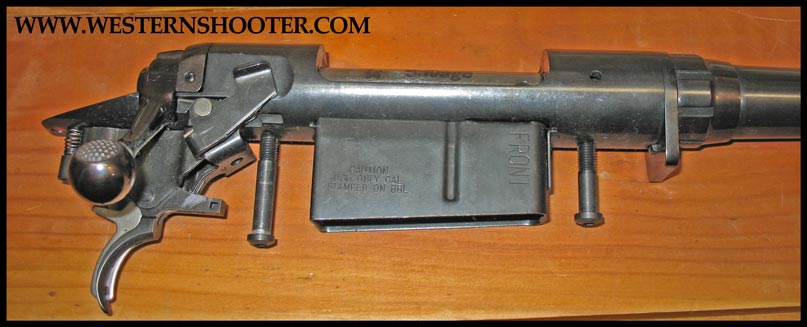stagpanther
New member
You don't need anything special to remove the screws--a hex key should do, I wouldn't worry about any precision in the the torque pressure or reassemble "voodoo" since it's not operating properly anyway. Like I said--verify the proper operation (or not) of the action outside the stock. Your description of the bolt release "reignites" my suspicion of fitment/inlet issue. Here's one you can do without any worries or tools--can you easily remove the bolt--and does the bolt release go all the way down when pressing without any binding? It's usually part of the trigger's sear bracket and a good indicator when it's binding. Savage's cross pins that hold the sear and trigger to the receiver can sometimes drift out of alignment easily.
Do you actually have the owner's manual and have read it thoroughly? (don't mean that in a mean way) You may want to check the bolt when it's out to make sure it's working properly as well. Savages often come with loose screws in my experience
Do you actually have the owner's manual and have read it thoroughly? (don't mean that in a mean way) You may want to check the bolt when it's out to make sure it's working properly as well. Savages often come with loose screws in my experience

